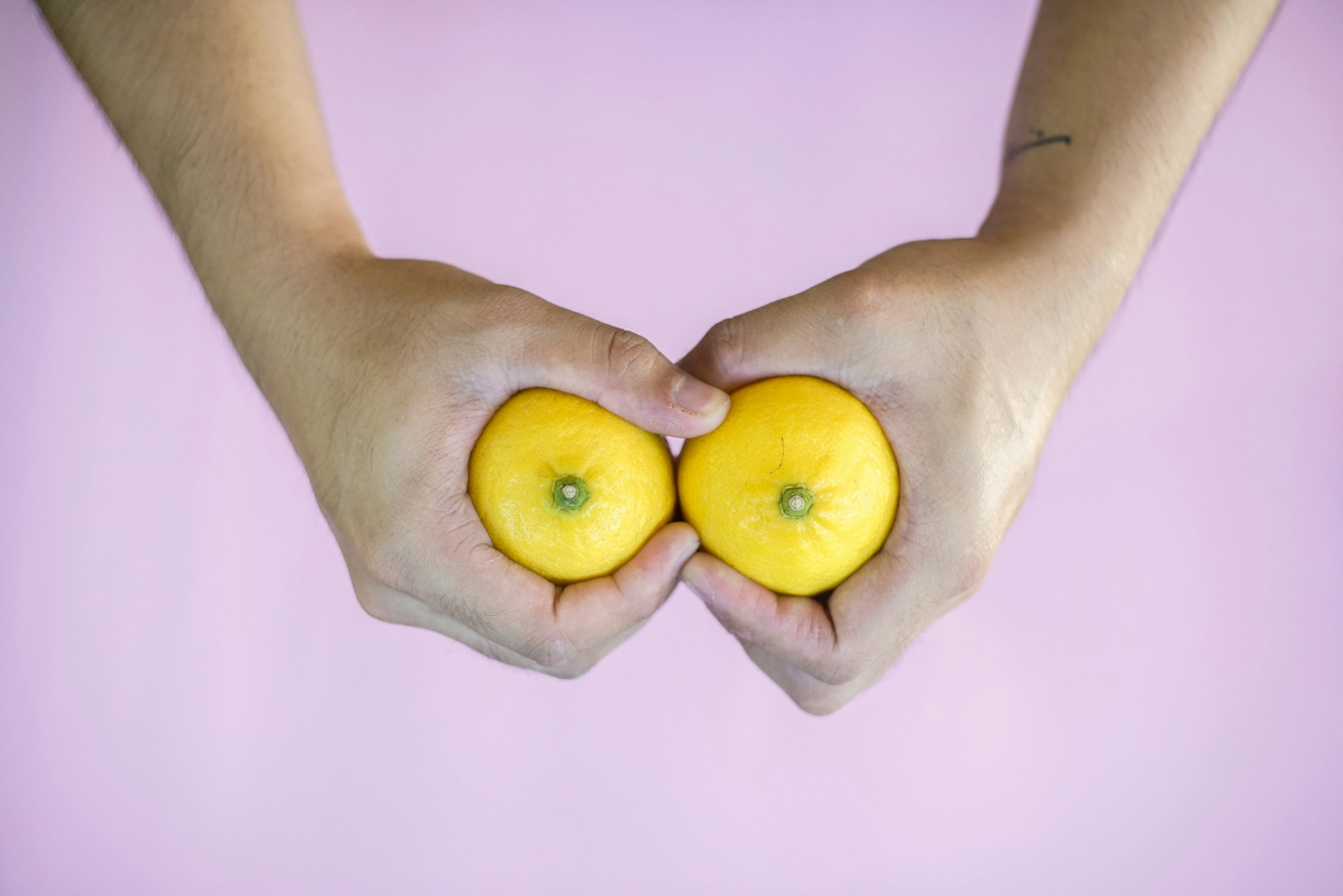The good news? Most nipple variations are completely normal—and with the right knowledge and support, successful breastfeeding is possible for nearly everyone.
No two bodies are exactly alike—and that includes nipples. Whether you’re a new mom, expecting, or simply planning ahead, you may be wondering how your nipple shape could affect your breastfeeding journey.
In this guide, we’ll break down the most common nipple types and explain how each one can influence latching, milk flow, and feeding comfort. You’ll also learn practical tips and solutions to help you navigate any challenges with confidence.
Let’s take the mystery (and stress) out of breastfeeding—starting with understanding your own body.

If you have nipple problems, it’s extra important to work on a deep, comfortable latch. That can help prevent nipple pain and support smoother breastfeeding.
Nipple Types
Common Nipple Variations
Normal nipples usually sit slightly raised when they’re not stimulated or erect. They can come in many shapes, sizes, and colors—and that’s all completely normal. One nipple might even be bigger or shaped differently than the other. These variations don’t usually affect breastfeeding, but sometimes they can create small challenges. Still, most mothers can breastfeed successfully with a little support and the right techniques.
Flat Nipples
Flat nipples don’t stick out much when resting, and they may only pop out a little when stimulated. If you’re breastfeeding with flat nipples, you might notice they become more prominent over time. That’s thanks to the natural stretching that happens with nursing. While flat nipples can make latching harder at first, many babies still learn to latch well with support.
Some moms who had normal nipples before birth may find them flatter afterward. This can happen due to IV fluids, especially if you received medications like Oxytocin, Pitocin, or Syntocinon during labor. Extra water retention from conditions like preeclampsia can also cause temporary nipple flatness.
Before feeding, you can try gentle breast massage and nipple stimulation. This can help your nipple become more erect, making it easier for your baby to latch on.
Long or Extra Large Nipple Variations
Some nipples can be quite long—2 cm or more—and some can be 2.5 cm wide or even larger. In most cases, large or long nipples don’t cause breastfeeding problems. The only time they might be an issue is if the nipples are severely misshapen or deformed.
Very long nipples can sometimes make a baby gag during feeds, especially in the early days. But this usually gets better as your baby grows and learns to manage the latch more easily.
Double Nipples and Bifurcated Nipple Variations
Some women have more than one nipple on the same areola. These extra nipples may or may not produce milk. They can sometimes get in the way during breastfeeding, but they rarely cause serious problems.
A bifurcated nipple is a nipple that’s split into two or more parts. While it looks different, it usually doesn’t interfere with breastfeeding. Most babies can still latch and nurse effectively with a little help if needed.
Folded Nipples
A folded nipple often looks like a slit, with the nipple tucked inward along a crease. This can cause some discomfort during breastfeeding, especially if the two sides of the fold rub together. But with the right latch and positioning, many mothers can still breastfeed comfortably. A lactation consultant can help you find techniques to reduce friction and ease any pain.
Pierced Nipples
A nipple piercing usually won’t affect your ability to breastfeed. But it’s important to remove the nipple ring before each feeding. Leaving it in can make latching harder and may be a choking risk for your baby. Taking it out during feeds helps keep things safe and more comfortable for both of you.
Nipples That Appear Inverted
This nipple variation is often referred to as “pseudo-inverted nipples,” “retractile nipples,” or “umbilicated nipples.” They may look inverted when at rest but usually pop out with stimulation or cold. Since they become erect when needed, they typically don’t cause any breastfeeding problems. Most babies can latch just fine with this nipple type.
True Inverted Nipples
These nipples are also called invaginated nipples. They stay pulled inward both at rest and when stimulated. This happens because internal adhesions hold the nipple down, making it harder for it to stick out.
True inverted nipples are rare. Some moms may only have one inverted nipple, while the other is completely normal. It’s also common to mistake “inverted-appearing” nipples for true inverted ones. If the nipple becomes erect with touch or cold, it’s not truly inverted and usually won’t cause breastfeeding issues.
Retracted Nipples
These nipples look normal at rest but turn inward when stimulated or when there’s pressure on the areola. Some moms notice only slight retraction, while others see a full pullback of the nipple. This type of nipple can make latching tricky at first, but it often gets easier. With each pregnancy and breastfeeding experience, hormones and tissue stretching usually improve the condition over time.
Absent Nipples
In very rare cases, a woman may be born without nipples or nipple pores. This is a congenital condition. If both breasts are affected, breastfeeding isn’t possible because there’s no outlet for the milk. However, if only one breast has this condition, it may still be possible to breastfeed from the unaffected side.
Tips for Different Nipple Variations and Breastfeeding
Breast Massage
If you’re dealing with flat nipples, gentle breast massage before feeding can help bring the nipple out. Nipple massage can make flat nipples more erect and easier for your baby to latch.
The C-hold
Try shaping the breast with your hand. Use a C-hold and gently press back toward your chest. This can help the nipple protrude more. A breast pump can also be used briefly before feeding to pull the nipple out.
Nipple Enhancer or Extender
You might also try a nipple enhancer or extender, like the Lansinoh LatchAssist. These tools create gentle suction to draw out the nipple before a feed. Another option is a small device used during pregnancy to stretch the nipple over time.
Compression
If you’re retaining fluid, compressing the areola can help. Use your thumbs to apply gentle pressure at the base of the nipple until you see an indentation. Then repeat closer to the areola’s edge. This may also trigger a let-down, which helps your baby latch faster.
Reverse Pressure Softening
Reverse pressure softening is a similar method used for many nipple variations. Use 3 to 4 fingers on each side of the nipple to gently soften the tissue and encourage milk flow. Kellymom – Reverse pressure softening.
A Nipple Shield
A silicone nipple shield can help if flat or inverted nipples continue to be a challenge. Many mothers use one temporarily until their baby can latch on without it.
Keep Breastfeeding
It’s important to keep breastfeeding. Over time, the natural sucking action often stretches the nipple tissue. Some moms find that their nipples stay drawn out even after weaning.
Medical Procedures
In some cases, a doctor can treat inverted nipples by loosening the internal adhesions that hold them in. This is a medical procedure used for more severe nipple variations.
Feed from Only One Breast
If your baby only struggles to feed on one breast, you can continue breastfeeding from the other side. One-sided breastfeeding is very possible. If both breasts are a challenge, exclusive pumping is another option that still supports your milk supply.
With the right support and tools, most nipple variations won’t stop you from breastfeeding successfully. Each situation is different, and you don’t have to figure it out alone.
References and Resources
- La Leche League – Get international breastfeeding support.
- La Leche League – Online support group.




